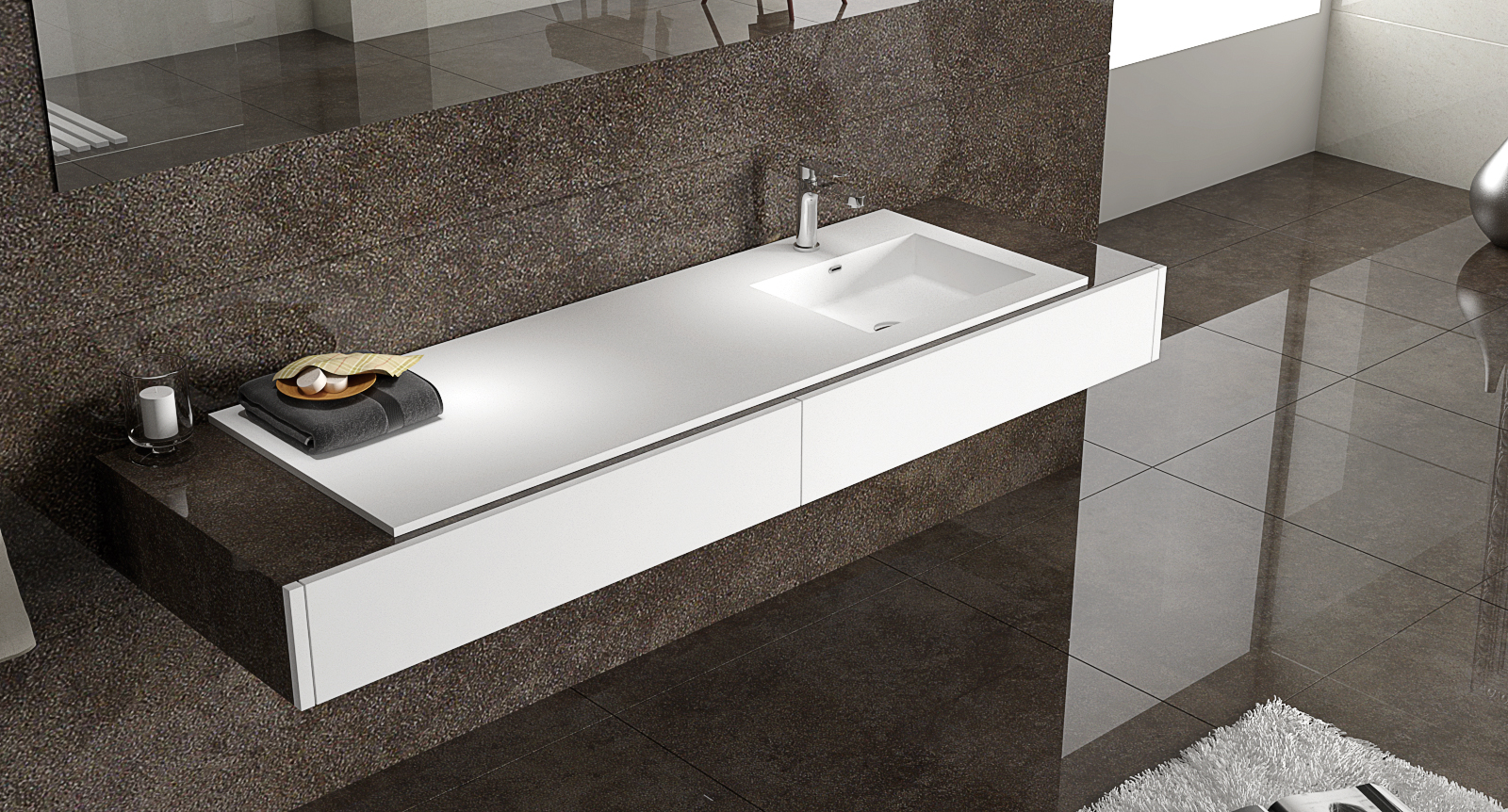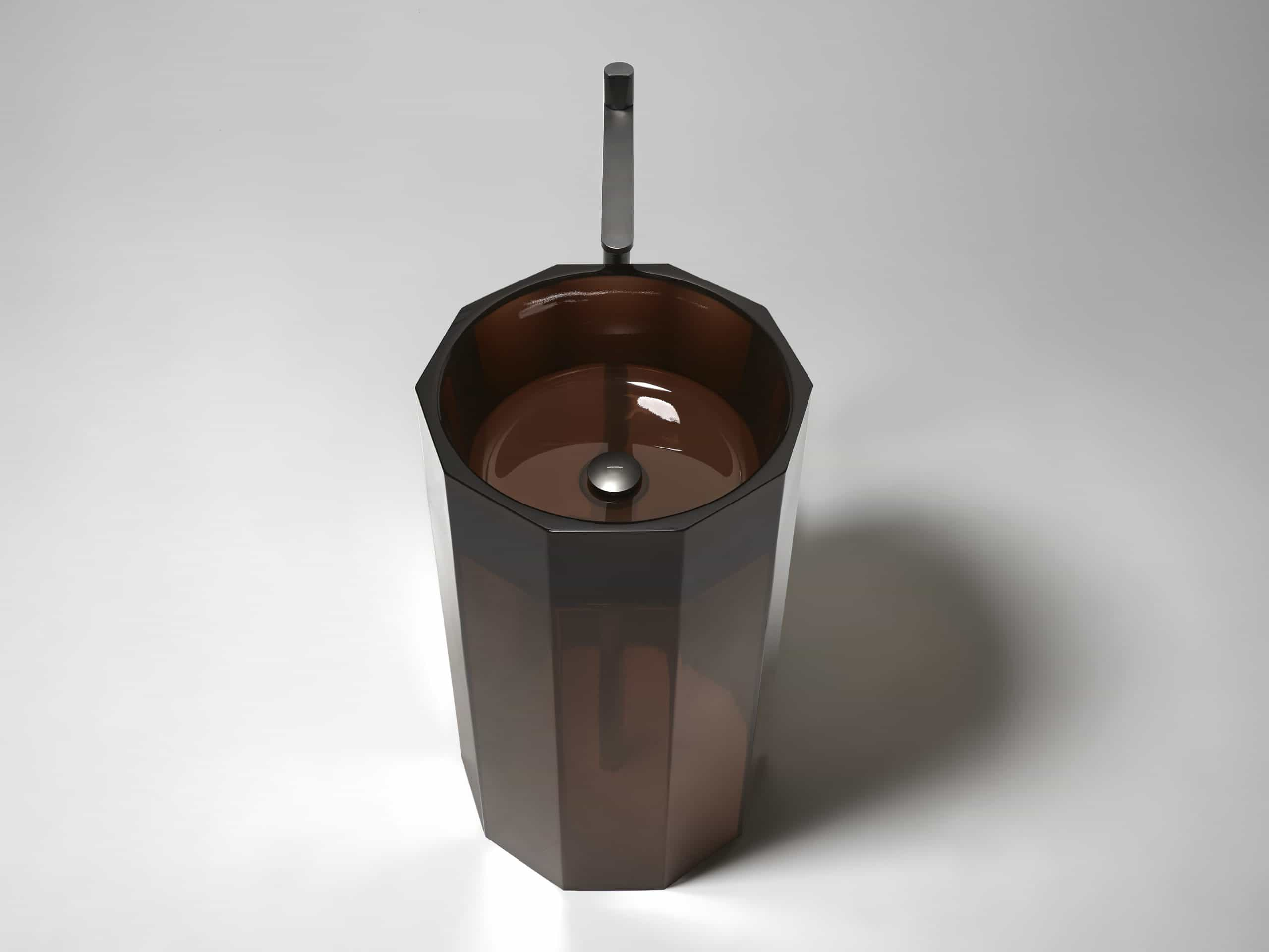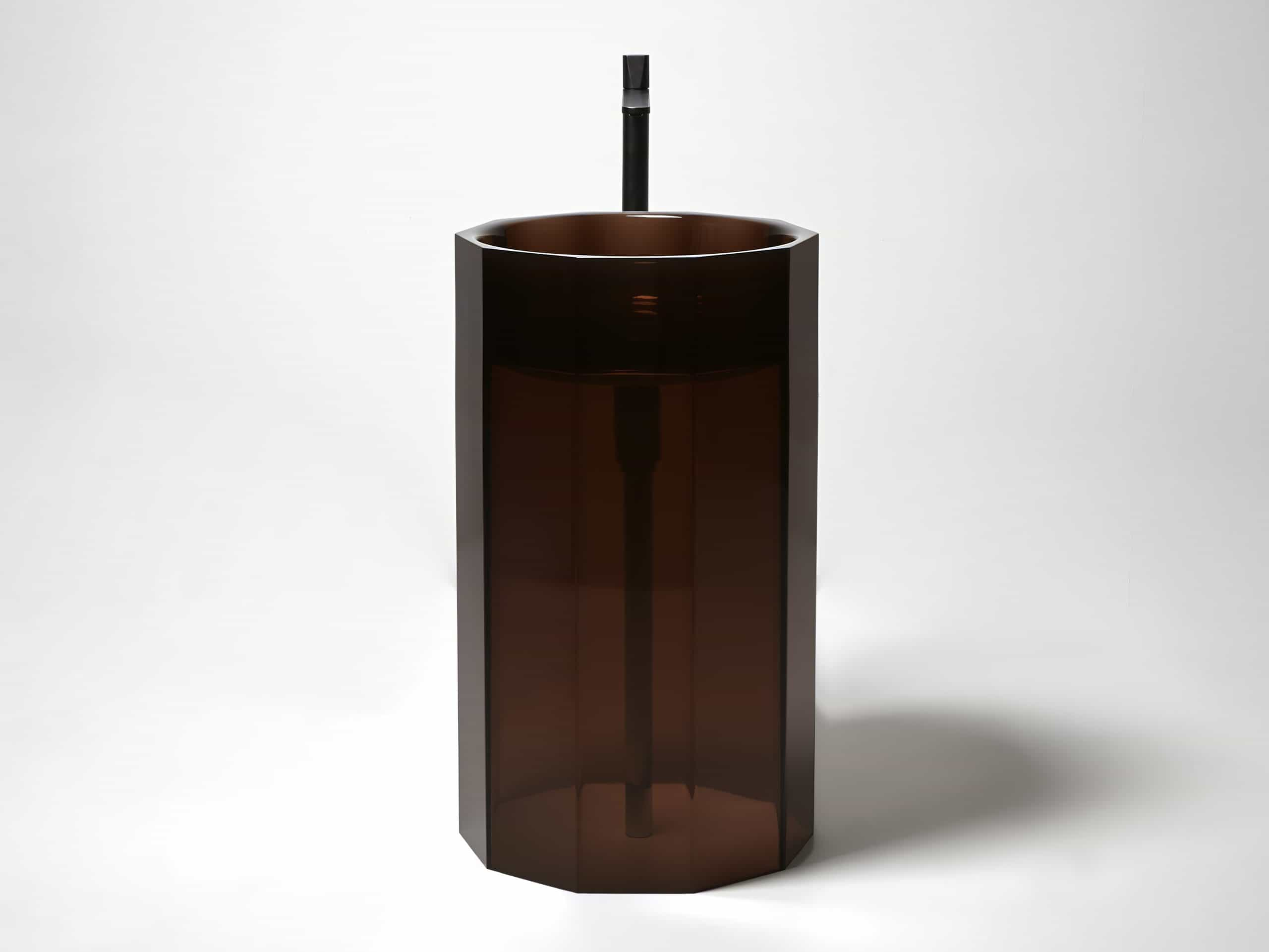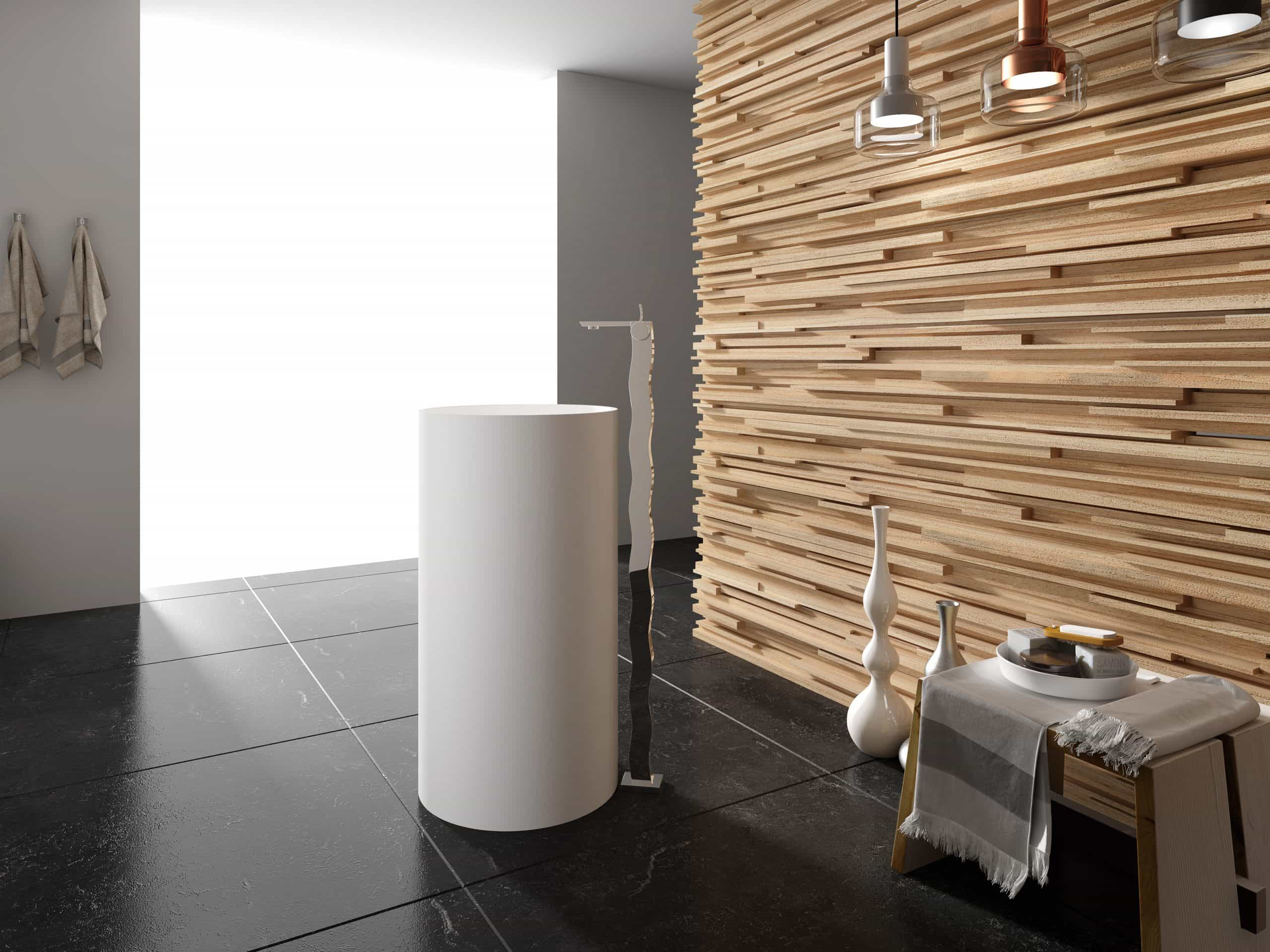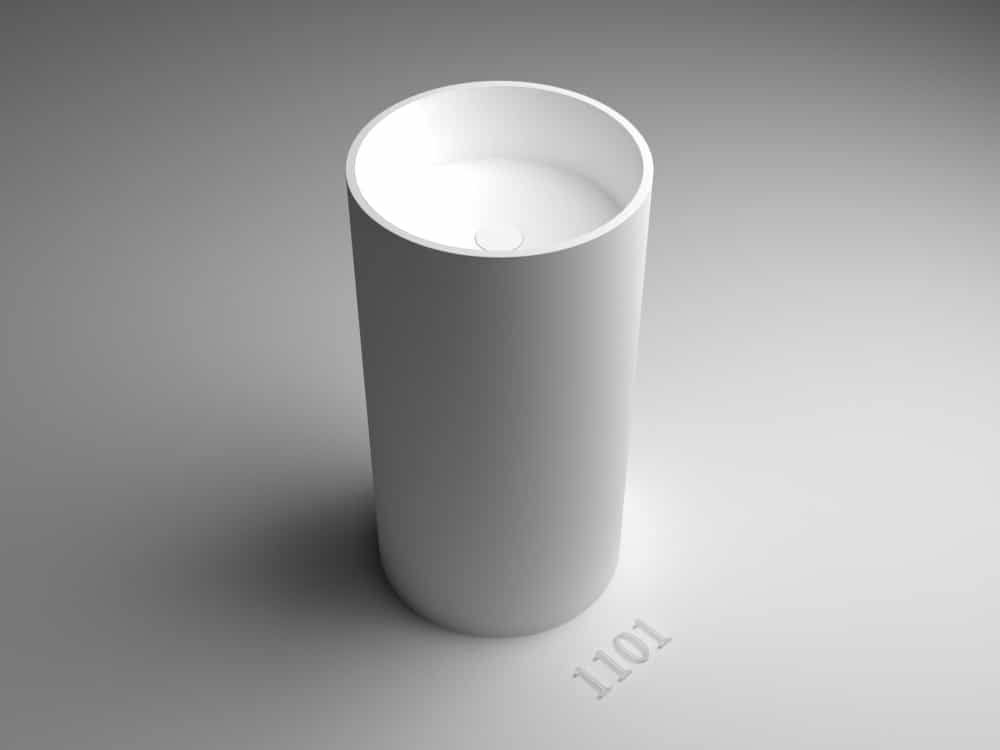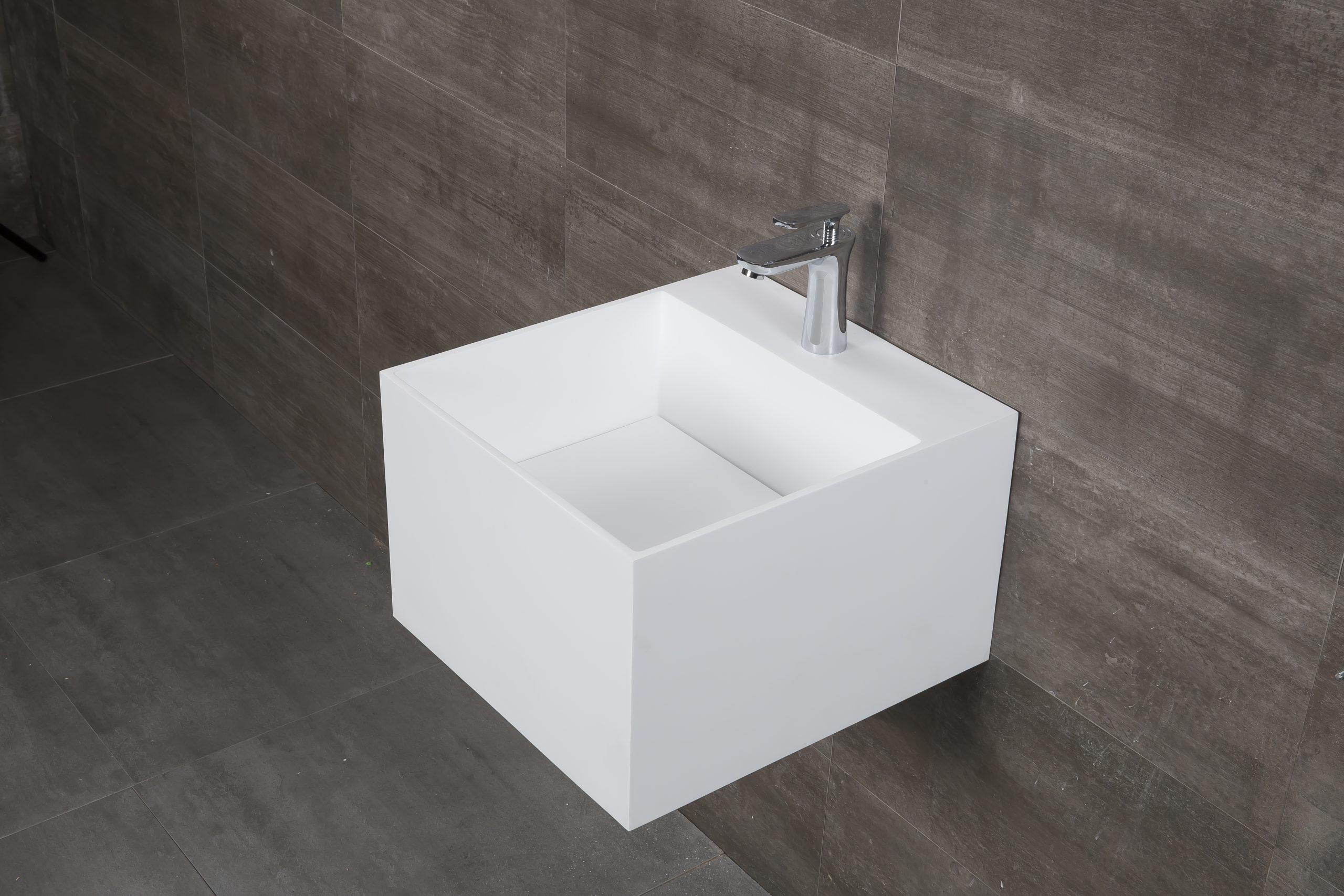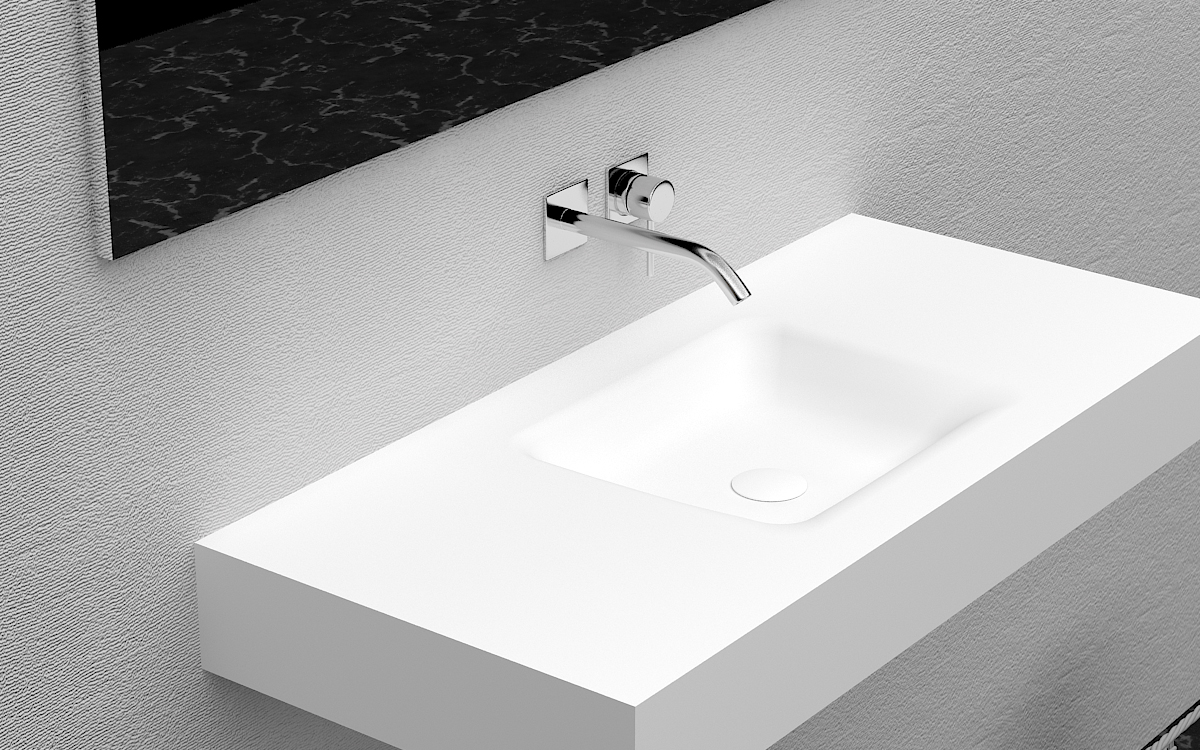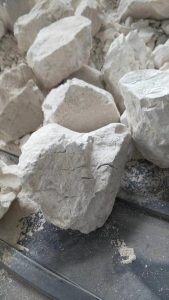
As we all know, limestone is a common material in construction sites, can strengthen tall buildings, and is often used in industry, but do you remember the density of limestone? Let’s take a look at it.
What is the density of limestone?
Limestone is mainly composed of calcium carbonate (CaCO3). Lime and limestone are used in large quantities as building materials and are important raw materials in many industries. Limestone can be directly processed into stone and fired into quick lime. Lime is quick lime and hydrated lime. The main component of quick lime is CaO, generally blocky, pure for white, containing impurities for light gray or light yellow. Quicklime absorbs moisture or adds water to become slaked lime, slaked lime is also called hydrated lime, its main component is Ca(OH)2. Hydrated lime is blended into lime paste, stone plaster, lime mortar, etc., used as coating materials and adhesives for bricks and tiles.
Density: 2.93g/cm3
Melting point: 825°C
Water soluble: almost insoluble in water, soluble in water containing ammonium salt or ferric oxide, insoluble in alcohol.
Danger type code: R36/38
Safety note: S26; S37/39
Condition: White powder. Odorless and tasteless. Exposed to air, no reaction, insoluble in alcohol.
Properties: In case of dilute acetic acid, dilute hydrochloric acid, dilute nitric acid bubble boiling, and dissolve. Decompose into calcium oxide and carbon dioxide at high temperatures.
【 Limestone origin 】
China is one of the countries rich in limestone mineral resources in the world. In addition to Shanghai, Hong Kong, Macao, in provinces, municipalities, autonomous regions are distributed. According to the statistics of the Geological Center of the former National Bureau of Building Materials, the distribution area of limestone in China reaches 438,000 KM2(excluding Xizang and Taiwan), accounting for about 1/20 of the national territory, among which limestone resources for making cement raw materials account for about 1/4 ~ 1/3 of the total resources.
In order to meet the needs of environmental protection, ecological balance, prevent soil erosion and landscape tourism, especially with the continuous improvement and implementation of the construction planning of the small town, the mining quantity of cement limestone will be reduced. China has discovered 7,000 to 8,000 cement-limestone mineral deposits, of which 1,286 have proven reserves, including 257 large deposits, 481 medium deposits and 486 small deposits (ore reserves greater than 80 million tons are large, 40 ~ 80 million tons are medium, and less than 40 million tons are small), with a total ore reserves of 54.2 billion tons. Limestone reserves of 50.4 billion tons, accounting for 93%; Dali Rock reserves of 3.8 billion tons, accounting for 7%.
Reserved reserves are widely distributed in 29 provinces, municipalities and autonomous regions except Shanghai, among which Shaanxi Province holds 4.9 billion tons of reserves, ranking first in China. The remaining reserves were in Anhui Province, Guangxi Autonomous Region and Sichuan Province (including Chongqing Municipality), with 3.4 ~ 3 billion tons. Shandong, Hebei, Henan, Guangdong, Liaoning, Hunan and Hubei provinces each have reserves of 3 to 2 billion tons. Heilongjiang, Zhejiang, Jiangsu, Guizhou, Jiangxi, Yunnan, Fujian, Shanxi, Xinjiang, Jilin, Inner Mongolia, Qinghai and Gansu have reserves of 2 to 1 billion tons each. Beijing, Ningxia, Hainan, Xizang and Tianjin have reserves of 500 ~ 200 million tons each.
【 Uses of Limestone 】
Calcium carbonate is the main component of limestone, the main raw material for glass production. Lime and limestone are used in large quantities as building materials and are important raw materials in many industries. Calcium carbonate can be directly processed into stone and fired into quick lime. Lime is quick lime and hydrated lime. The main component of quick lime is CaO, generally blocky, pure for white, containing impurities for light gray or light yellow. Quicklime absorbs moisture or adds water to become slaked lime, slaked lime is also called hydrated lime, its main component is Ca(OH)2. Hydrated lime is blended into lime paste, stone plaster, lime mortar, etc., used as coating materials and adhesives for bricks and tiles.
Cement is made by mixing limestone and clay and calcination at high temperature. Glass is made of limestone, quartz sand, soda ash (sodium carbonate), etc., mixed by high temperature melting. In ironmaking limestone is used as a flux to remove gangue. In steelmaking, quicklime is used as slagging material to remove harmful impurities such as sulfur and phosphorus. Calcium carbide (mainly CaC2) is produced by the reaction of quick lime with coke in an electric furnace. Soda ash is made from limestone, salt, ammonia and other raw materials through a multi-step reaction (Solvay process). Caustic soda is made by reacting slaked lime with soda ash (causticization). Bleached by the reaction of pure slaked lime with chlorine gas. Calcium chloride, calcium nitrate, calcium sulfite and other important calcium salts were prepared by chemical processing of limestone. Slaked lime can remove the temporary hardness of water and is used as a hard water softener. The limestone is burned and processed into a pure powder calcium carbonate, which is used as a filler for rubber, plastics, paper, toothpaste, cosmetics and so on. Alkaline lime made of lime and caustic soda, used as an absorber of carbon dioxide. Quicklime is used as a desiccant and disinfectant. In agriculture, lime sulfur yellow mixture, Bordeaux liquid and other pesticides are prepared with quick lime. The application of hydrated lime in the soil can neutralize the acidity of the soil, improve the structure of the soil, and supply the calcium needed by plants. Brush the trunk with lime paste to protect the tree.
Calcium carbonate is an important building material. White and pure calcium carbonate rock is called white marble, can be directly used to do decorative stone columns or crafts; Calcium carbonate, which has a beautiful pattern due to impurities, is called marble, and is used to make veneers on the outer and inner walls of buildings or to lay floors; Dense calcium carbonate rocks (limestone) can also be used directly to build houses, but the main use of limestone is in the production of cement. The white stone containing more than 90% CaCO3 is crushed, graded and separated by Ramming mill or other high pressure grinding.








